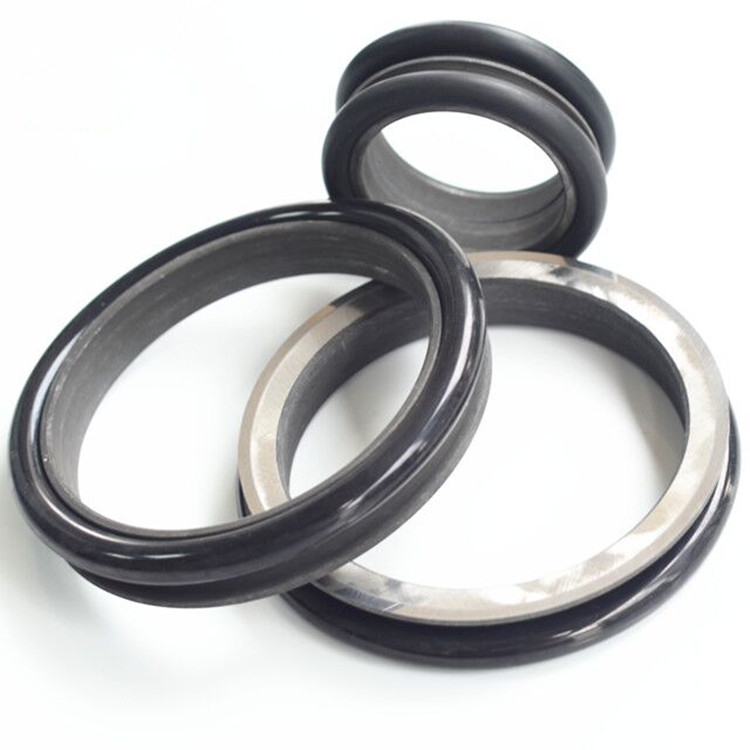In the previous article, we briefly introduced the precautions for installing floating seals, and today we will add some more.
1.Before installing the floating seal, you can check whether the journal surface is too rough and has no scars, especially long scars along the axial direction. If the journal surface is too rough, it is easy to damage the oil seal and destroy its sealing performance. If the surface of the journal is not disassembled properly, it will cause more serious blunt marks, so that the oil seal lip and the surface of the journal can not fit tightly, resulting in oil leakage. If the journal has only metal burrs or the shaft end flashes, it can be smoothed with a file to prevent the oil seal from being damaged when the oil seal is installed.
2.Check whether the oil seal lip is damaged, cracked or greasy. If there is any such defect, replace the oil seal with a new one.
3.To prevent the floating seal lip from being deformed by stretching or scraping, special installation tools are used. If you don’t have this tool, you can first roll a layer of transparent hard plastic film on the journal or shaft head, apply a little oil to the surface, seal the oil seal on the shaft of the plastic film, and seal the oil evenly. Slowly push onto the journal and pull off the plastic film.
If you need to buy some floating seals, you can contact us. If you need other such as excavator accessories, loader accessories, roller accessories, etc., you can contact us.
Post time: Aug-20-2024

